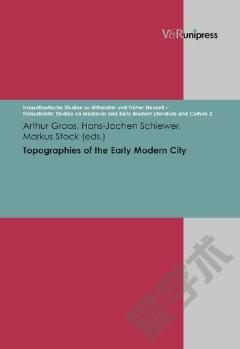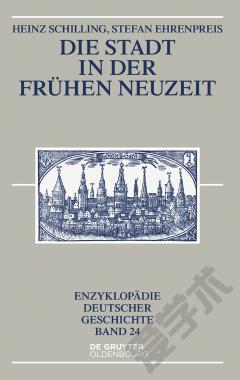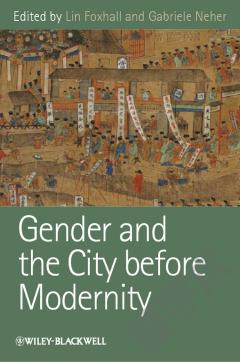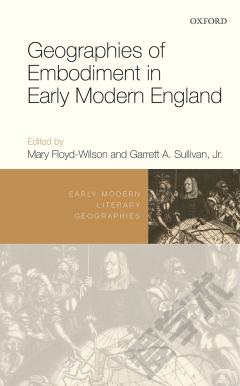Topographies Of The Early Modern City
This volume contains papers by germanists, historians, and art historians on visual and conceptual aspects of early modern city culture ranging from representations of the city to urban spatial and social practices. The essays focus on some of the culturally most vibrant cities in early modern Europe, with special emphasis on German-speaking countries. Topics include the dissemination and control of city images, carnivalizing performances of social/religious dissent, narrative constraints in fifteenth-century urban historiography, Christian humanism and the controversy over Jewish books, the Carthusian influence on the spiritual topography of a city, the humanist agenda in imperial entries, the evolution of three-dimensional city models, transposing Renaissance Italian song models into a transalpine city context, and the emergence of the city views known as vedute.
{{comment.content}}








 京公网安备 11010802027623号
京公网安备 11010802027623号